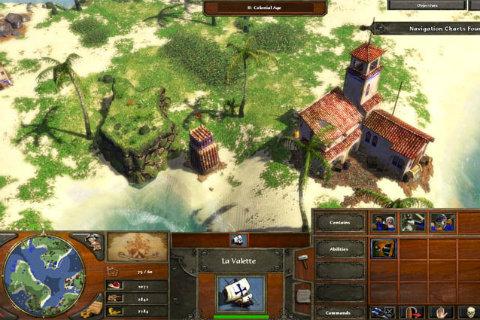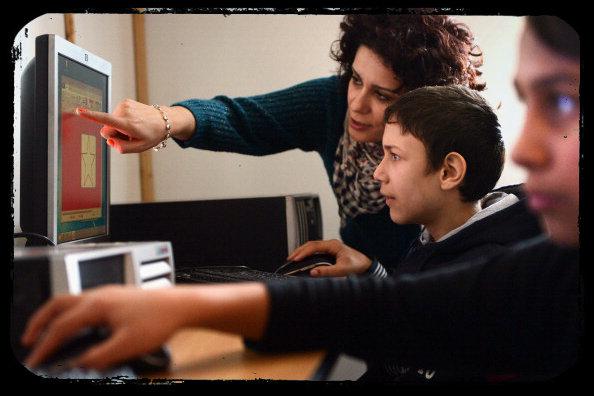This post has been updated from a 2012 post.
Clark Aldrich is an enthusiastic advocate for new learning forms, and leading thinker on the power of learning simulations and author of Learning Online with Games, Simulations, and Virtual Worlds and Unschooling Rules: 55 Ways to Unlearn What We Know About Schools and Rediscover Education. This makes him a great resources to better understand learning simulations, and how they might be used in the classroom.
Thus this quick interview with him, goal of which was to provide some background on learning simulations for educators who might be new to the idea, while offering additional context for those ready to push forward with early integration.
“What’s a learning simulation”?
Clark Aldrich: A learning simulation is an experience designed to rigorously help users develop competence and conviction. A learning simulation is a combination of modeling elements, entertainment (or game) elements, and instructional (or pedagogical) elements.
These can range from pure media (which do not involve any other humans), to experiences that use coaches, teammates, competitors, and communities.
Learning simulations historically have fallen into two categories. There are educational simulations that follow the rigor and fidelity of a flight simulators. And there are serious games, that follow the entertainment model of a SimCity.
What is the most important element of a simulation for it to have value in formal and informal learning environments? Is there something that almost-great simulations do poorly, and that fantastic simulations do very well?
Many simulations and serious games, which otherwise could be great, don’t get the first level right. There are many ways they can get this wrong.
First, it can just be too hard. It can take too long. Feedback can be too diffuse or delayed. A good first level can be completed in less than one minute, with clear feedback on the goal, and the reasons for success and failure, and give the player a bit of a peek into the entire experience.
Second, a bad sim can involve a lot of prerecorded video or cut scenes. This might mean a few minutes of talking heads or way too much back story. The student should be interacting in a meaningful way in less than two minutes.
Third, a bad sim can involve a lot of reading and analysis before making any action. While research and analysis is important in real life to make a big and high impact decision, it makes for a terrible sim.
People, especially young males, want to jump in, make mistakes, learn why their mistakes were mistakes, and adapt. They want a lot of feedback. Early on, engagement is more important than delivery of learning goals.





